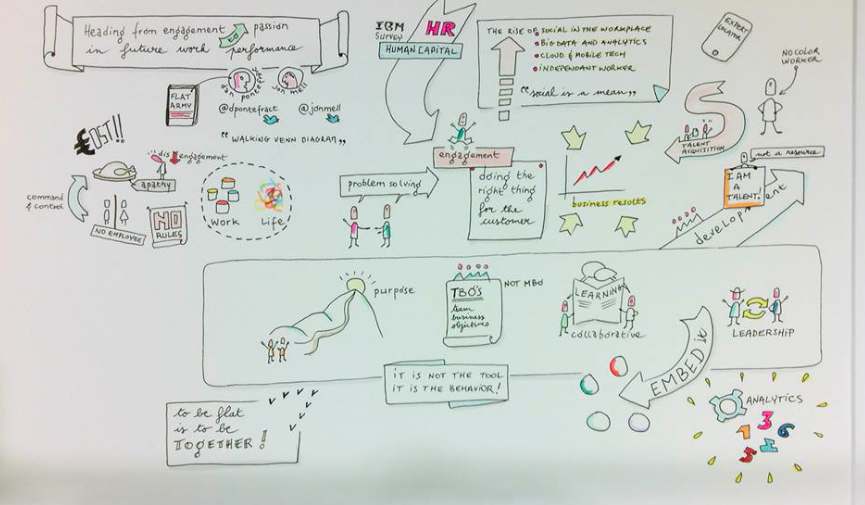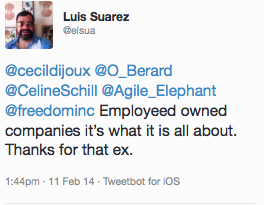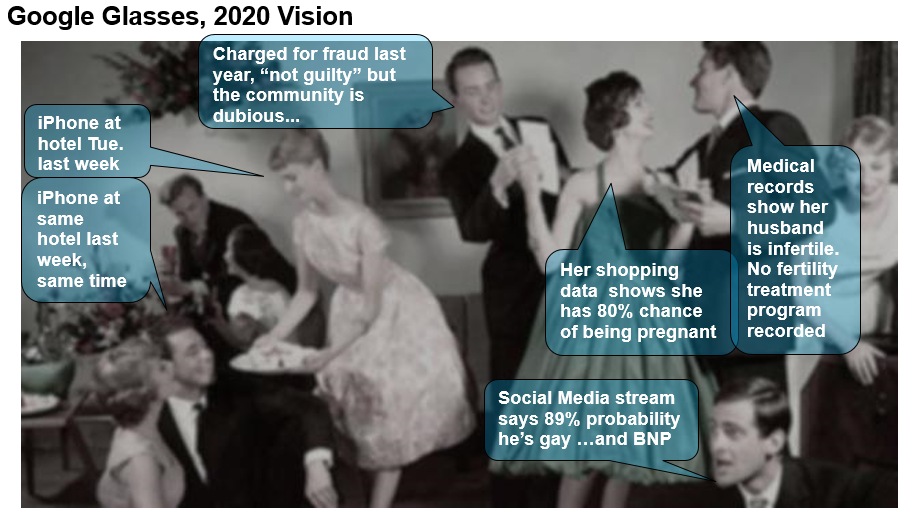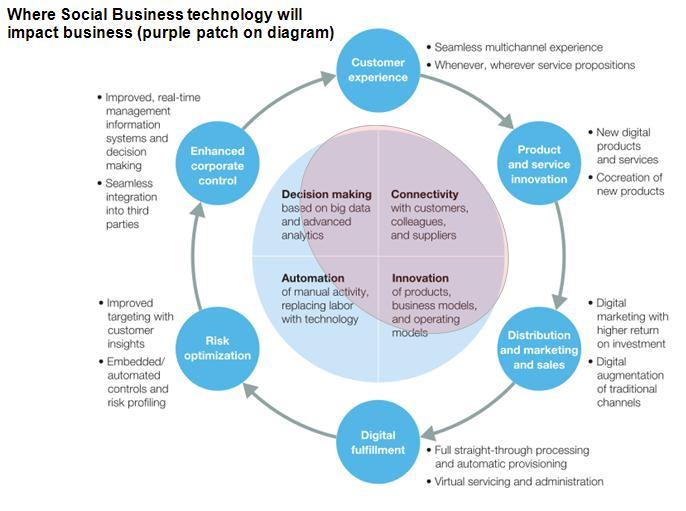 I’m pleased to report that Agile Elephant was shortlisted for this year’s edition of the prestigious EuroCloud UK Awards. The award categories cover Best SaaS Offering, and Best IaaS/PaaS (platform) Offering, as well Best Public Sector Case Study, and Best Business Impact. However we entered the Best Cloud Start-Up category which was split into 2 separate Awards, both for companies active in (any) market 3 years or less – Start-Up: Best Business Potential and Start-Up: Most Innovative. It was the latter where we were shortlisted. We’re proud of how we’ve set up Agile Elephant and how far we’ve come in less than six months.
I’m pleased to report that Agile Elephant was shortlisted for this year’s edition of the prestigious EuroCloud UK Awards. The award categories cover Best SaaS Offering, and Best IaaS/PaaS (platform) Offering, as well Best Public Sector Case Study, and Best Business Impact. However we entered the Best Cloud Start-Up category which was split into 2 separate Awards, both for companies active in (any) market 3 years or less – Start-Up: Best Business Potential and Start-Up: Most Innovative. It was the latter where we were shortlisted. We’re proud of how we’ve set up Agile Elephant and how far we’ve come in less than six months.
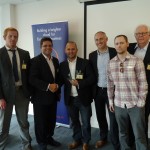 We are honoured to have the innovation of our Agile Elephant approach recognised and to be in such great company. All of the shortlisted candidates got to present at the event, and the photos are here. Sadly, we didn’t win. However, if we had to lose to somebody, I’m delighted that we it was our friends at Fedr8 with Argentum – a revolutionary set of SaaS based analysis solutions that helps secure, optimise and integrate application code to enable a seamless and speedy transition to the cloud. They’re smart people with clever technology addressing a vital area of application management – we wish Dean Chapman, Rhys Sharp and the team the best of luck. Maybe next year?
We are honoured to have the innovation of our Agile Elephant approach recognised and to be in such great company. All of the shortlisted candidates got to present at the event, and the photos are here. Sadly, we didn’t win. However, if we had to lose to somebody, I’m delighted that we it was our friends at Fedr8 with Argentum – a revolutionary set of SaaS based analysis solutions that helps secure, optimise and integrate application code to enable a seamless and speedy transition to the cloud. They’re smart people with clever technology addressing a vital area of application management – we wish Dean Chapman, Rhys Sharp and the team the best of luck. Maybe next year?

